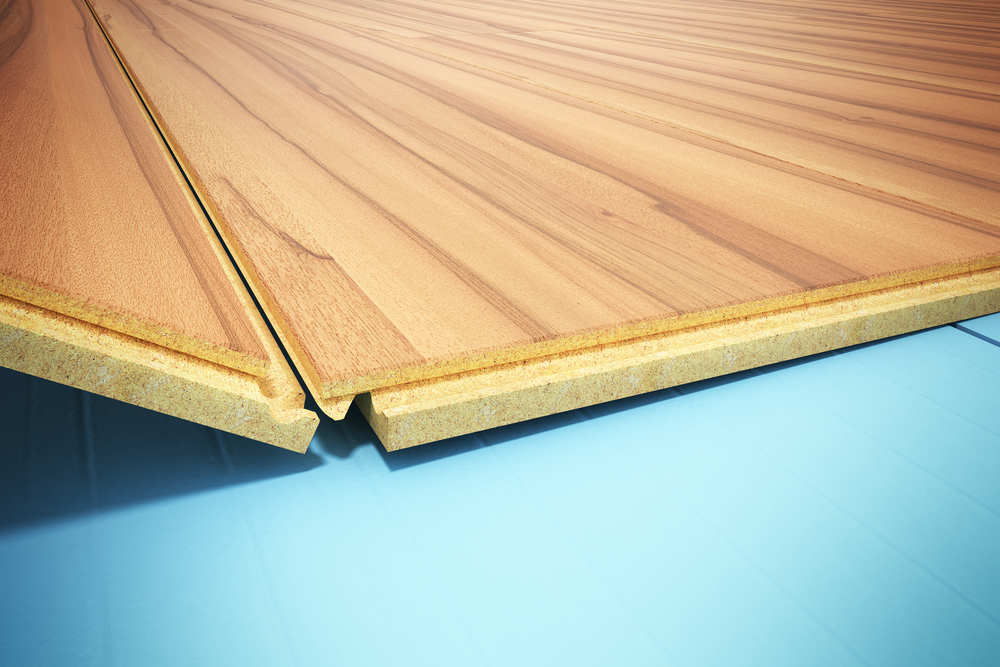
When a material encounters sound waves, it can either absorb or reflect the energy. Acoustic absorption is the process through which sound energy is taken in by an object. When acoustic materials absorb this energy, they transform it into heat and transmit it. Thus, the energy is ‘lost’.
What is the absorption coefficient?
At times, it is necessary to quantify how much sound is absorbed by various materials. This measurement is especially useful in soundproofing. An absorption coefficient is the measure of how much sound is absorbed in a room.
The absorption coefficient has values that range from 0-1 (note: figures greater than 1 are possible due to the nature of the testing methods implemented). An absorption coefficient of 1 means all the sound produced in a room is absorbed or transmitted. No reflection occurs in this scenario. For example, an open window has an absorption coefficient of 1 – all of the sound that meets through that section of the wall passes through without any reflection. This is because sound leaves the room through the window, and none of it is absorbed.
Absorption coefficient of popular acoustic materials
For soundproofing purposes, an effective absorber is defined as one whose absorption coefficient is greater than 0.75. Below is a list of popular acoustic materials, and their corresponding absorption coefficients:
|
Material |
Absorption coefficient |
|
Acoustic tiles |
0.80 |
|
Plywood |
0.30 |
|
Heavy curtain fabric |
0.15 |
|
Brick |
0.03 |
|
Wooden floor |
0.15 |
|
Marble |
0.01 |
|
Plaster laid on concrete |
0.10 |
|
Carpet laid on concrete |
0.08 |
|
Smooth concrete |
0.01 |
|
Painted concrete |
0.10 |
The absorption coefficient determines whether certain materials can be used for soundproofing. Residential soundproofing, for example, aims at eliminating exterior noise. Therefore, materials with a low absorption coefficient will suffice.

Absorption coefficients vary significantly between different materials.
Commercial soundproofing requires architectural soundproofing using materials that have a higher absorption coefficient. Automotive soundproofing, which is intended to reduce engine and exhaust noises, relies on a combination of materials to achieve noise reduction.
In a nutshell, understanding the absorption coefficient is essential for many purposes not limited to soundproofing. Loudspeaker designs, room acoustics and architectural acoustics each present opportunities to put this knowledge to practice.
Portable Noise Control
Echo Barrier was designed to help contractors effortlessly have their noise mitigation measures taken care of, so that they can get on with their job and the surrounding inhabitants can go about in peace.
Learn more about how Echo Barrier can improve your project's efficiency.


.png?width=541&name=20141228_EarlsCourt_%20(368%20of%20375).png)